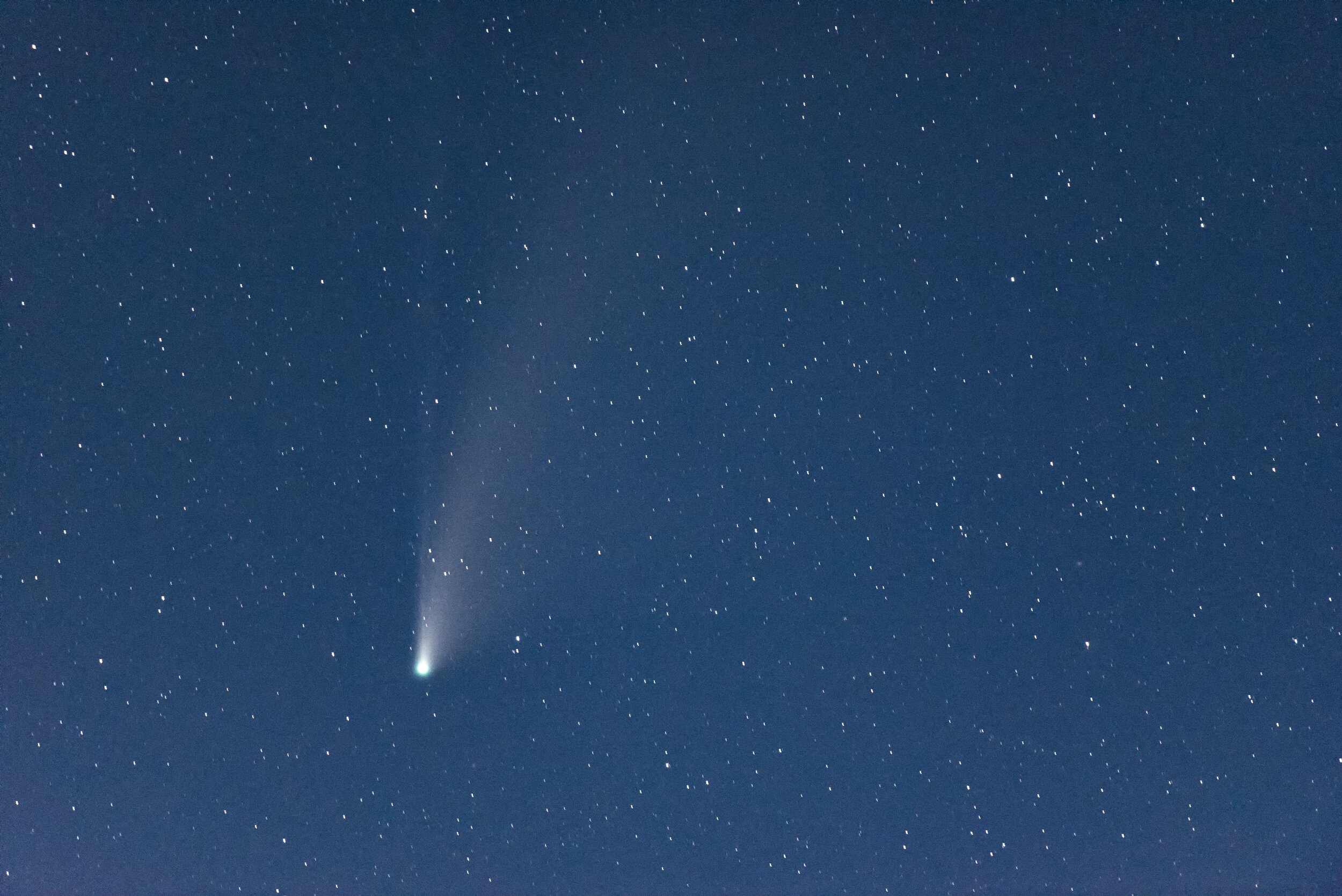
A Story of the Planet Venus
Looking For The Planet Venus Prior to 1200 BC
by John M. Collins Sarnia, Ont., Canada 2021
Early Notes on a Missing Venus
The author has found five specific mentions of the planet Venus not being in the skies. This is a case of proving a "negative". They are:
- A Hindu inscription dated about 3102 BCE, speaks of "the four known planets", and then gives the Hindi names for Mercury, Mars, Jupiter & Saturn. Venus is missing and the other ones are too far away to be seen.
- In the ancient prayers of the first dynasty of Babylon (1830-1530 BCE), the help of four planets is specifically invoked. We know them as Saturn, Jupiter, Mars and Mercury. The planet Venus is not named. The "gods" of these four planets are asked to help protect the people from the fiery "Queen of Heaven" (their term for the Venus Comet) who repeatedly punishes the Earth.
- A legend of the Mundurucu people in the watershed of the Amazon River (1), tells of the planet Venus as “viewable in the night sky after being kept hidden by the Great Serpent”. In the legend, planet Mars sends planets Mercury, Jupiter and Saturn "to recover it" from the Serpent (the Comet). This myth would appear to date to ca 1200 BCE to ca 800 BCE.
- The Antikythera mechanism(2) of Greece, was an ingenious tool comprised of an elaborate system of gears that could be used to predict the exact time of an eclipse and even made provisions for leap years. All of the different functions could be accomplished by turning a crank on its side. No ordinary calendar, it was also able to predict the positions of the sun and the moon and the astronomical positions of the planets as they were known to the ancient world. Those shown were the ones we call: Mercury, Mars, Jupiter and Saturn. The very obvious planet Venus was not included. In addition a small dial within the larger Metonic dial, held the dates of important social events such as The Olympics (Earliest date 776 BCE). This last detail shows that while the device was created after the start of the Olympiad, Venus had not yet settled into its current orbit.
- The tomb of Senenmut, the vizier, general of the army, and royal astronomer to Pharaoh Queen Hatshepsut of Egypt, dating to about 1490 BCE, has an early form of a sky-map painted on the ceiling(3). Senenmut was the Egyptian title of the Biblical Moses. The sky map shows the important Egyptian gods of the sky in panels, which a modern-day person has labeled on a photograph. Appearing as human-like gods are Osiris with the stars of Orion, the star (god) Sirius, the kingly god Ra as the planet Jupiter and the god Saturn as that planet. A panel with a bull image (likely the old god Apis of Memphis) is labeled Mars, and three panels without images are labeled Sun, Moon and Mercury. (See Appendix 2 - Serpent & Dragon Lore, Egypt and Israelite)
- At the extreme left end of the panel is a small bird image labeled as "Venus" by a 20th cent. CE (Common Era) "courier font" typed label. While identified as a falcon by some, reference to Egyptian hieroglyphic name symbols identified it as a "saddle-billed stork", a common migratory bird in Egypt. Its image, in that context, represented it as the "ba" (characteristic) of a person or thing such as "strong", "unstoppable", "war-like", "wanton killer", "destructive", "ruinous". It is not a god of any sort, but an attribute. If this image represents what we know as the Venus Comet, then Senenmut has chosen to separate it from the rest of the "gods". In Egyptian style, he has not named it, but only mentioned its "attribute". By Egyptian logic, identifying a person or god by a proper name, immortalised that person every time that name was read or spoken, which would not be desired in this situation.
The author challenges his readers and critics to find pre-1200 BCE data proving that the planet Venus by any name, was then in its current orbit around the Sun.
Outcomes such as damaging our world in different ways and destroying viable civilisations, once revealed by subsequent repeat passes, would keep survivors and their descendants on edge. People with a knowledge of astronomy, retained from previous generations, would be in great demand. Trying to replace the equipment that had been used, or to create a substi-tute, would be a necessity. The previous astronomical readings would be useless, the Earth having changed its orbit. An intensive study of the heavens would be required in order to rediscover the direction, speed and rotation of the Venus Comet. The big questions would be
“Will it happen again?”, “Will it hit me?”
It would be a Time of Fear!
(1) Mundurucu Culture - Brazil Private note by J.M. Collins 2019-02-09 based on L.H. Gray & L.F. Moore, Mythology of all Races in 13 vol.; Vol 11 Latin America by Alexander, H.B., Boston 1920
(2) AMOG GADGETS "Decoding An Ancient Computer: New Astonishing Truths" By marjorie. Posted on March 11, 2010
(3) Ove von Spaethe http://moses-egypt.net/star-map/senmut1-mapdate_en.asp
